
Heirloom Seeds: Obtaining & Propagating Seeds
A special feature of old varieties is that the plants produce open-pollinated seed. This means that their seeds are suitable for replanting. You can collect the seeds yourself and sow them again the following year. You can also give the seeds away at a seed exchange or in your neighborhood. This article will give you an overview of how to obtain seeds of old vegetable varieties. Propagation is not easy and there are a few things to bear in mind.
This Article Contains:
Quick Overview
Obtaining Seeds: Tips for Propagation
- Spatial or mechanical isolation to avoid cross-pollination of foreign genes
- Choose healthy plants with variety-specific characteristics
- The location should be sunny and warm
- Choose generous planting distances
- Sow annual crops as early as possible and biennials as late as possible
- Check the crops regularly for diseases
- Shore up plants that shoot
- Overwinter non-frost-hardy, biennial plants in a frost-free place
Seed Harvesting: Annual and Perennial Plants
- With annual plants, you can collect seeds at the end of the season.
- Harvesting seeds from biennial plants requires more patience. It is only in the second year that flowering occurs and seed formation begins. In the first year, these plants are neither harvested nor cut off.
Obtain Your Own Seeds: What to Keep In Mind
Once you have found a variety that you particularly like, you can produce your own seeds for reproduction or exchange. First of all, you should know that propagating varieties is not the same as preserving them. In order to preserve a variety with its unique characteristics, conservation breeding is required. The aim of conservation breeding is to preserve variety-specific characteristics such as shape, color, growth and taste. No genetic material from other varieties may be crossed in. Such conservation breeding is often not feasible in an allotment garden because it requires large stocks (500 to 1000 plants) and a great deal of expertise. Otherwise, genetic erosion or inbreeding can occur.
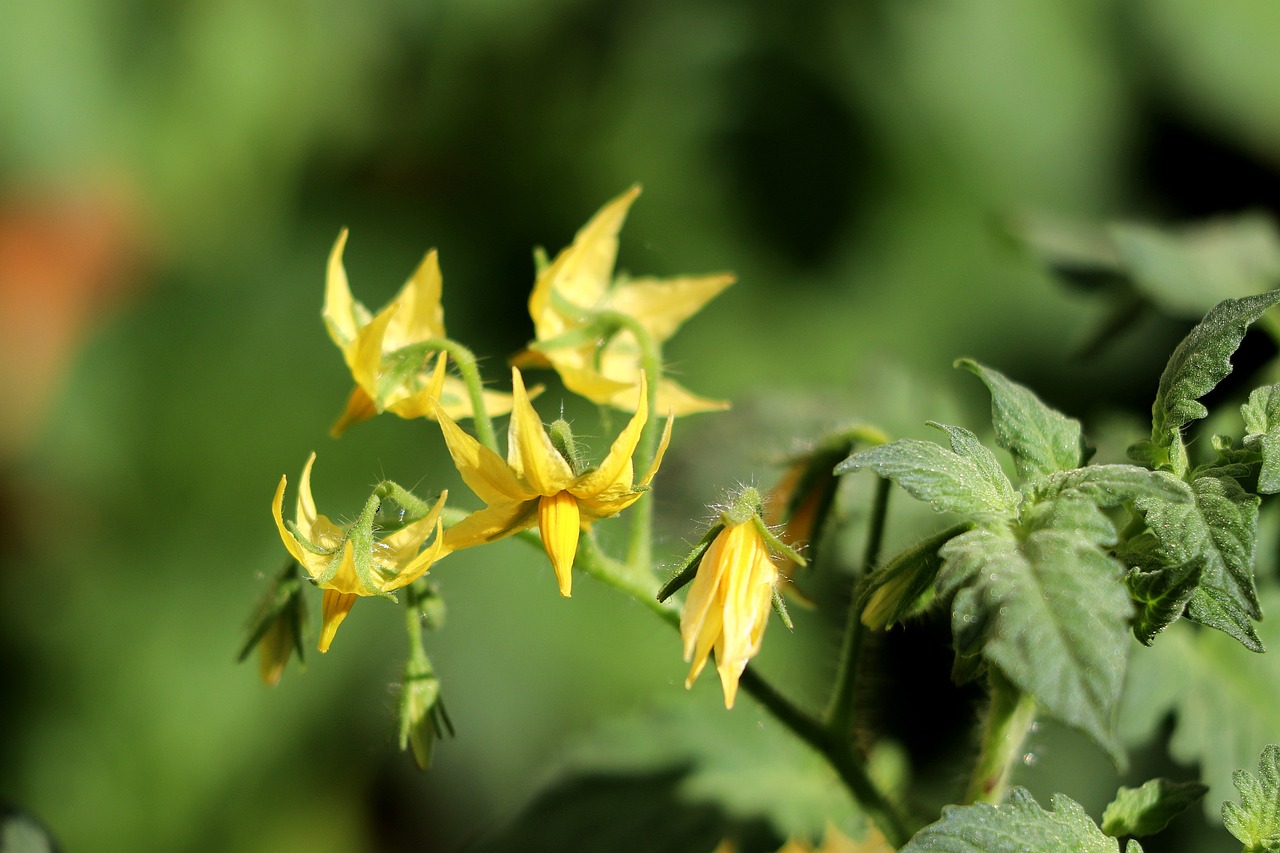
Find out About the Types of Vegetables
Nevertheless, you can try your hand at growing your own seeds of your favorite plants. You can easily do this a few times. After a few years, however, you should obtain new seeds from a conservation initiative in order to obtain true-to-type seeds again. You can read About the Conservation Initiatives for Old Varieties and More About Old Varieties here.
Overall, it is incredibly important that you inform yourself well in advance about which plant you are dealing with and what there is to consider for each crop! Every crop actually has its own special features when it comes to cultivation and harvesting. To ensure that everything runs smoothly, it is worth investing the time in advance. First of all, it is important that you are aware of how your plant is pollinated. Is it a cross-pollinator or a self-pollinator? If it is a cross-pollinator, is it pollinated by the wind or by insects?

Would You Like to Chat With Other Gardeners?
To exchange ideas with other gardeners and benefit from the experiences of others, you can visit our Fryd community. Surely someone has already grown their own seeds and can give you some tips.
Join the Community NowSeed Propagation From Self-Pollinators
Self-pollinating plants such as tomatoes, beans, peas or lettuce do not need foreign pollen, but fertilization from other plants of the same species is possible. By isolating plants of the same species, cross-pollination of foreign genetic material can be prevented. Propagating self-pollinated plants in private gardens is relatively simple.
Obtaining Semen From Cross-Pollinators
In this case, the plant is dependent on the pollen of another plant for fertilization. The pollen is carried to the flower either by the wind or by pollinating insects, which makes cross-pollination much more likely. If you have several plants of the same species in your garden, the individual varieties should be isolated with a crop protection net. However, the problem here is that insects are also kept away for pollination. To ensure pollination, you should therefore place pollinating insects under the netting. In addition, cross-pollinators are more susceptible to inbreeding effects. Therefore, a somewhat larger population of at least 50 plants is necessary to avoid this. For these reasons, the propagation of cross-pollinators is somewhat more difficult and therefore less suitable for maintenance in the hobby garden.
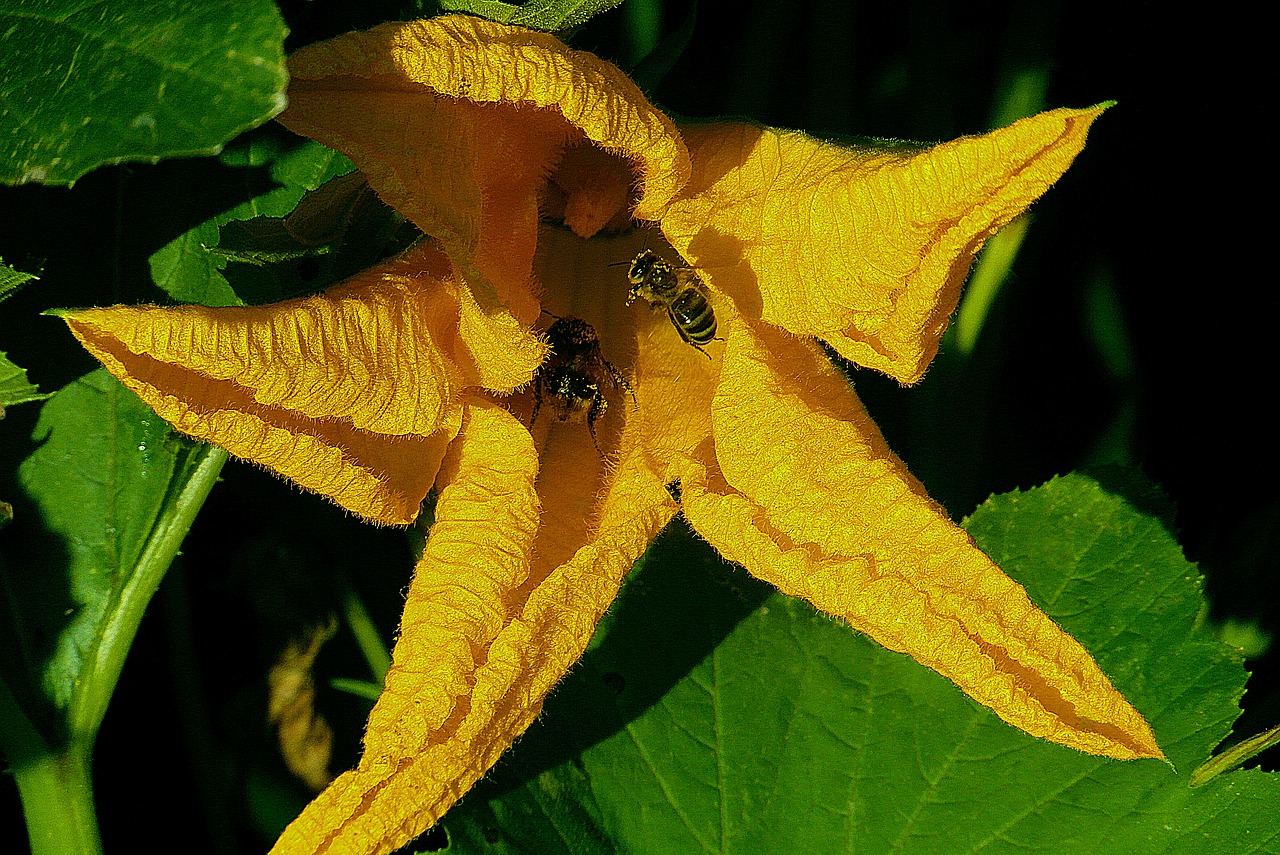
Cross-Pollinators: Tips for Seed Propagation
To prevent cross-pollination with other varieties of the same species, there are a few measures that will help you:
Spatial Isolation: Ensure Sufficient Distance
Choose a sufficiently large planting distance so that no pollen exchange can occur. You must choose a sufficient distance from all varieties of the same species. Swiss chard, for example, can also be fertilized by beet, as both belong to the Beta vulgaris species. Find out in advance which plants belong to the same species to prevent cross-pollination. The type of pollination plays an important role in the choice of plant spacing. Wind-pollinated species (at least 300 m/328 yd) require the greatest plant spacing, followed by insect-pollinated species (100 to 150 m/109 to 164 yd) and finally self-pollinated species (crop-specific row spacing).
Mechanical Insulation With Nets
If you do not have enough space to realize the planting distances, there is still the possibility of mechanical isolation of a culture with isolation tunnels. As already mentioned, you have to place pollinating insects under the culture net for cross-pollinators. Blowflies (Calliphora ssp. for carrots, cabbage and onions), solitary bees (Osmia rufa for composite flowers and cabbage) or bumblebees(Bombus terrestris for cucumbers, cabbage and carrots) are suitable for this. If there are only a few specimens, you can of course also pollinate the plants by hand with a small brush.
General Information on Seed Production

Here you will find general tips on how to successfully grow your own seeds:
- Selection of seed bearers: Select healthy, strong plants with typical varietal characteristics.
- Location: Choose a sunny and warm spot so that the seeds can fully ripen.
- Sowing date: Sow annual crops as early as possible so that the seeds can fully ripen; sow biennial crops later so that they do not become overgrown (exception: Chinese cabbage must be sown earlier).
- Planting distances: Choose generous spacing so that the seed carriers have room to develop. This also reduces the risk of fungal disease, which would contaminate the seed.
- Nutrient supply: An optimum supply of nutrients should be ensured, especially during seed development.
- Watering: Water seed-bearing plants from below.
- Keeping crops healthy: Check regularly for diseases and remove infected plants immediately and completely. Fungal diseases in particular are a problem in seed production; preventative measures such as a well-ventilated crop and, in the event of an infestation, neem oil, for example, can help.
- Support: Some plants start to shoot upwards during flowering. In this case, you should attach a support to ensure that the plant does not topple over. The seed bearer should never lie on the ground. This would be a risk for fungal diseases.
- Overwintering biennial plants: A frost-free place with temperatures between 1 and 5 °C/34 and 41 °F is ideal for this, e.g. in the cellar. Before storing, select the best plants for the following year. Check your plants regularly to detect rot or pest infestation in good time.
Seed Harvesting: Obtaining Your Own Seeds
When harvesting seeds, the right time is of the essence. If you harvest too early, the seeds are not yet fully ripe and may not be able to germinate. If, on the other hand, you are too late, the plant may have already sprouted its seeds and you will go home empty-handed. You need a little sensitivity to pick the right moment. The seed heads ripen on the plant until after flowering. You need to know whether your chosen plant is an annual or a biennial. Depending on whether it flowers in the first or second year. The seeds are harvested accordingly.
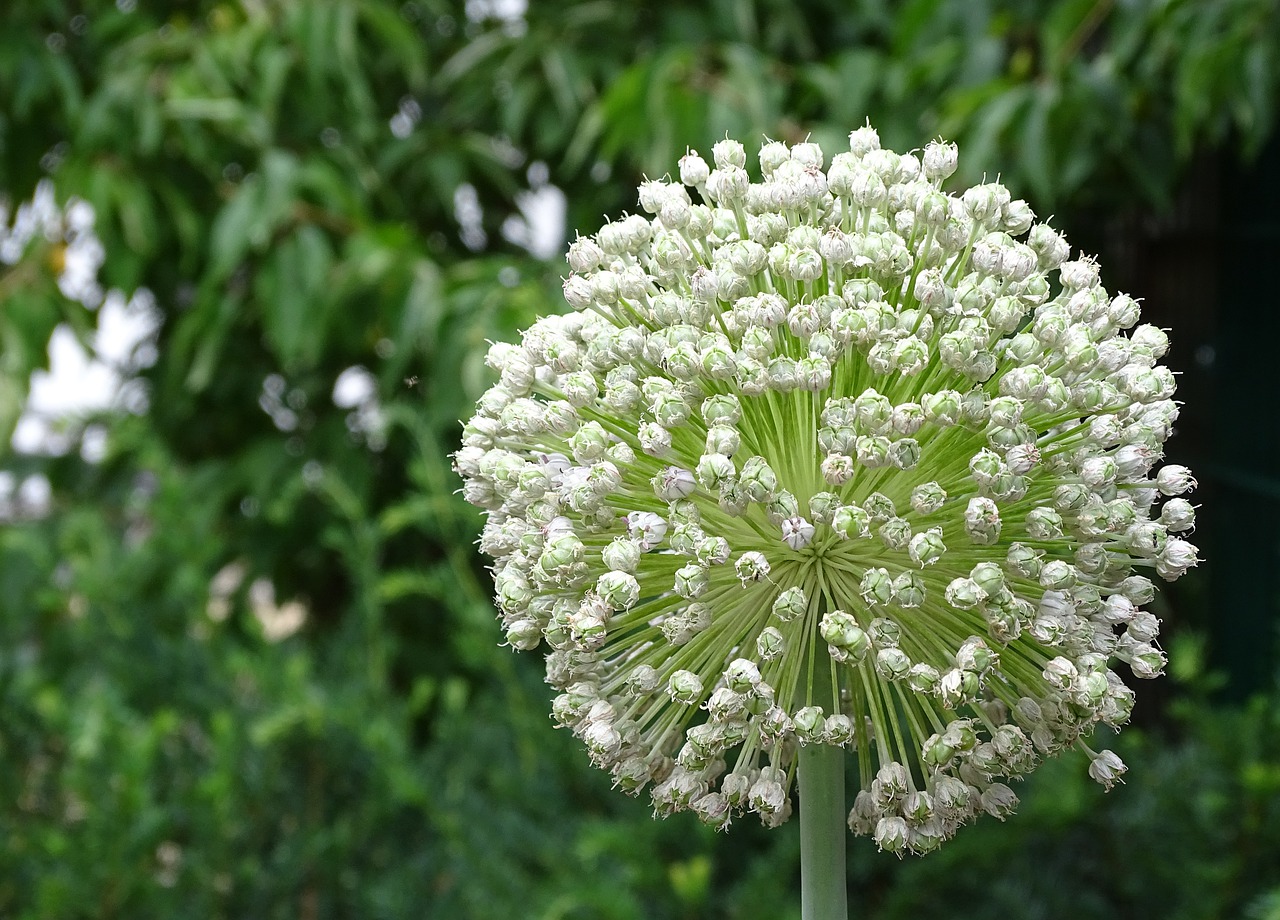
- You can harvest seeds from annual plants at the end of the season. There are species that are harvested when the fruit is ready to eat. This is the case with tomatoes and peppers, for example: The vegetables and seeds are harvested at the same time. After eating, you clean the seeds from the pulp and leave them to dry. Other vegetables are usually harvested unripe and are no longer edible when the seeds are ripe, e.g. cucumbers or zucchinis. In this case, you have to do without the crop in order to be able to harvest the seeds. The seed head or fruit must ripen completely on the plant until it has turned brown and dried out. Only then is the seed ready to germinate. Find out in advance what the situation is with the plant you want to propagate.
- Harvesting seeds from biennial plants is a little more complicated, as these plants only flower and bear fruit in their second year. Some frost-hardy species such as kale, leeks or parsnips can overwinter in the field. Other frost-sensitive species must be dug up and moved to a frost-free place to overwinter. In spring, plant them back in the bed. In both cases, the plants are not harvested or cut off in the first year so that they start to flower in the second year.
We wish you lots of fun and success with your seed production. Feel free to share your experiences of propagating old varieties with us and the Alphabeet community! If you have any questions or comments on this topic, please write to us at [email protected].
Would you like to receive helpful gardening tips all year round and plan your own beds optimally? Then register here or download the Fryd app for Android or iOS.
Fryd - your digital bed planner

Marie
Marie is an agronomist. She is particularly interested in the sustainable and organic cultivation of vegetables and other plants. In her own garden, she gained experience and likes to try things out to learn from nature. She is particularly interested in the values and principles of permaculture, in order to contribute not only to the well-being of nature, but also to the well-being of people and future generations.
Learn MoreCurrent Topics in the Community


My homemade beeswax candles made from my own beeswax Now the problem is that I can no longer reach my vegetables - even the digging fork is frozen solid - I can only harvest Brussels sprouts and kale
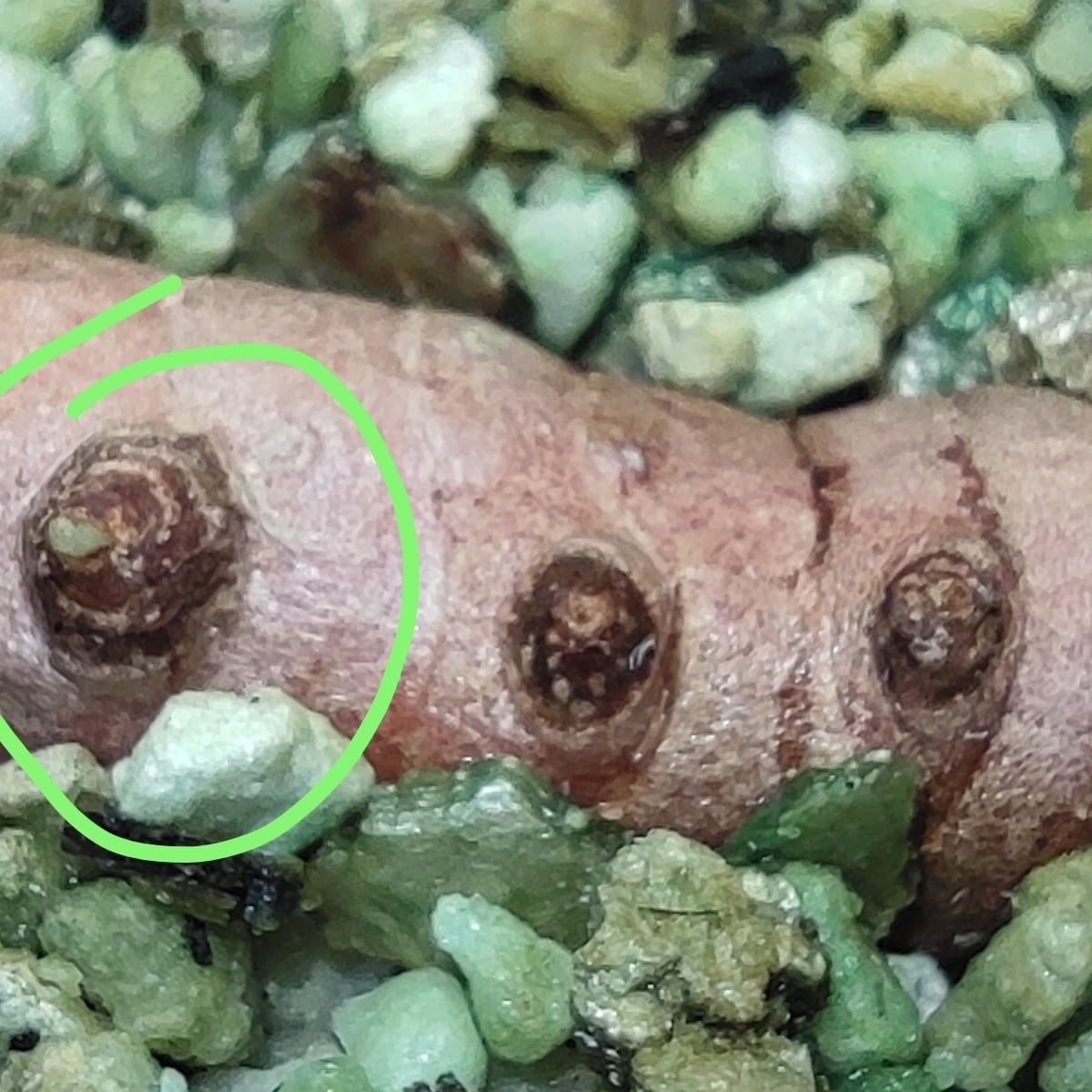
Liked 2 times
After two weeks, the turmeric rhizome shows the first signs of life. #turmeric #spices
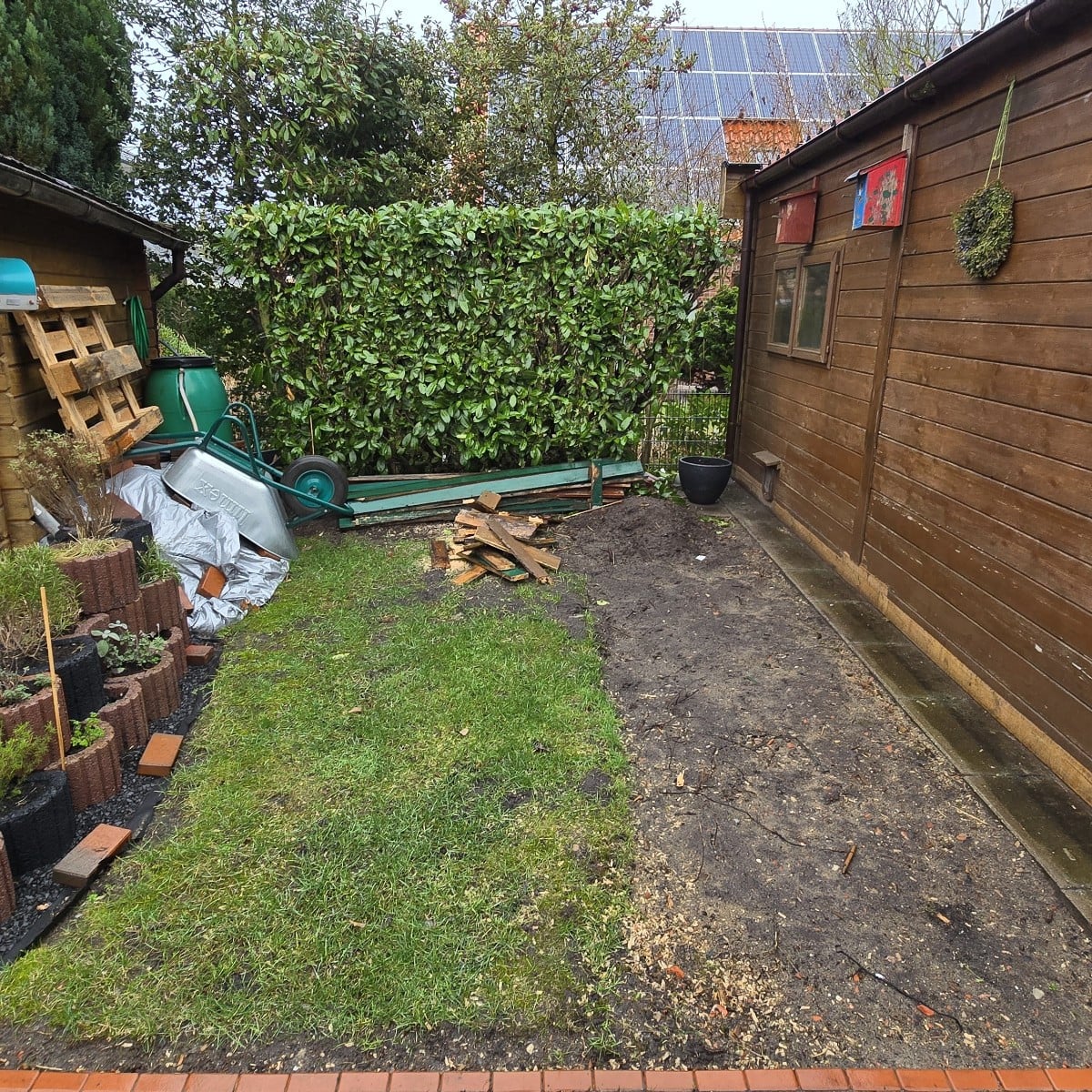
Liked 2 times
The raised bed 1x5m is small wood. A 2.5x3m greenhouse is now to be built here in spring 26. What is your tip? Replace the soil with new soil and plant directly? Or pave it out and use raised beds again?
Show 1 answerPopular Articles

Overwintering Parsley: How to Do It Successfully

How to Grow Lettuce in Winter: Varieties, Sowing, Harvesting

Growing Sage Plant: Tips for Sowing and Harvesting

What Herbs Can Be Planted Together?

Create & Design a Permaculture Garden

Overwintering Plants: Tubs, Pots and Raised Beds

Pruning, Fertilizing & Propagating Currants: Care Tips

Pruning Raspberries: How to Do It

Vegetable Garden With Greenhouse: How to Use Greenhouse Effect

Winterizing Beds and the Garden: How to Do It
FAQ
What does open-pollinated seed mean?
Open-pollinated seeds come from plants whose seeds can be reproduced. You can obtain seeds from these plants yourself and grow them again the following year.
Can I obtain seeds from all plants?
You can obtain your own seeds from heirloom, open-pollinated varieties. With F1 hybrids, it is not worthwhile as the seeds often no longer bear fruit. Pay attention to variety-specific characteristics and avoid cross-pollination.
How do I avoid cross-pollination during seed production?
Through spatial or mechanical isolation, e.g. the use of crop protection nets to keep out foreign genetic material.
Can I exchange the seeds I have obtained?
Yes, seeds obtained can be exchanged or given away at seed swaps or locally in the neighborhood.
What do I have to consider when harvesting seeds?
Timing is crucial: seeds harvested too early may not germinate, those harvested too late may already be lost. The maturity of the seeds varies depending on the plant species and variety.